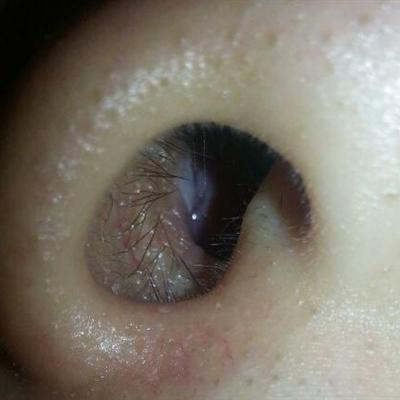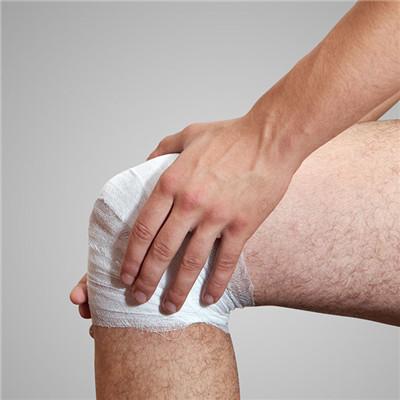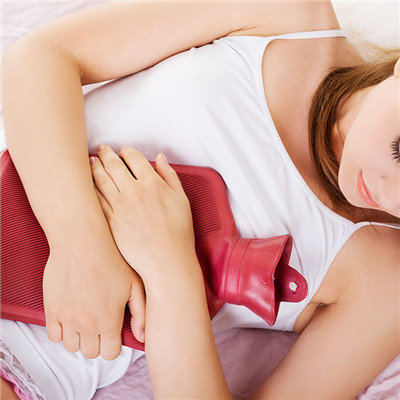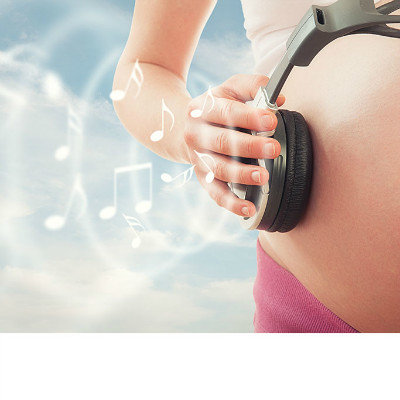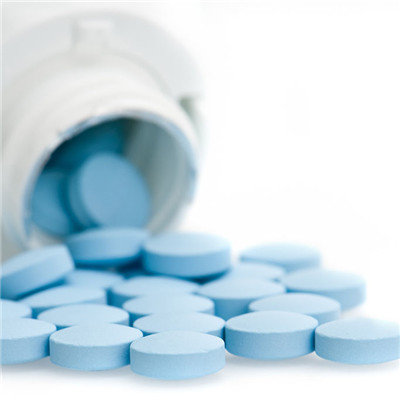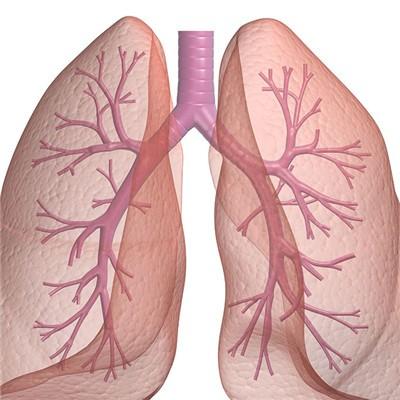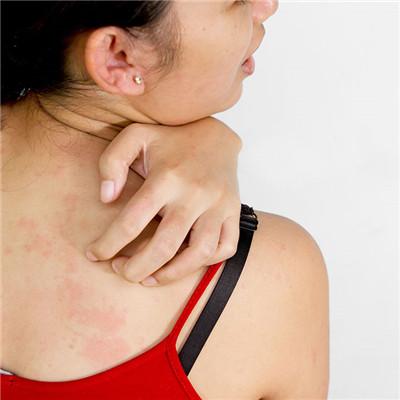Symptoms of tendinitis
summary
Tendons are tough fibrous connective tissues that connect bones and muscles. Tendinitis usually refers to the degeneration of tendon collagen fibers caused by excessive use of muscle fibers and repeated strong traction. In addition to the tendon itself, it can also involve the tendon sheath. In the past, the diagnosis of tendinitis was often used, but in fact, it was not a single inflammation. In most cases, it was often accompanied by degeneration of the involved tendon collagen tissue, so it is now commonly known as tenopathy. The most common chronic diseases related to exercise are Achilles tendon disease, patellar tendon disease, quadriceps femoris and hamstring tendon disease, rotator cuff tendon disease, "tennis elbow" external epicondylitis, etc. The symptom of tendinitis? Let's talk about it
Symptoms of tendinitis
Medial epicondylitis (golf elbow, baseball elbow) inflammation of the tendon attached to the medial epicondyle of the humerus, caused by repeated weight-bearing wrist flexion or rotation. Lateral epicondylitis (tennis elbow) inflammation of the tendon attached to the lateral epicondyle of the humerus, caused by repeated wrist extension or rotation.

Rotator cuff inflammation (swimmer's shoulder, tennis shoulder, pitcher's shoulder) is a group of inflammation of tendons that control shoulder movement, including supraspinatus, infraspinatus, teres minor, and subscapularis. It is caused by repeatedly lifting the shoulder over the head.
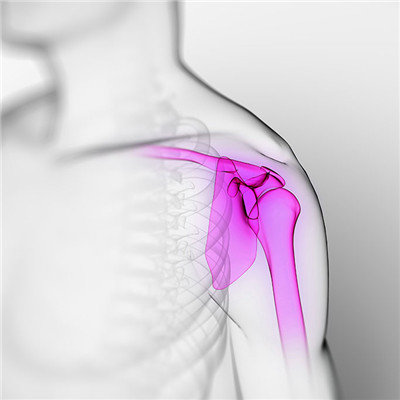
Biceps tendinitis is a joint between the biceps and the shoulder caused by strain. Patellar tendinitis is the joint between patella and tibia, which is caused by excessive running and jumping. Popliteal tendinitis is located behind the knee joint and is caused by excessive downhill running or walking.
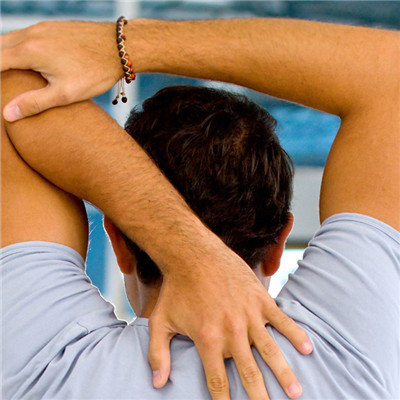
matters needing attention
Ice compress should be used in the acute stage, every few hours for 20 minutes; The affected limb was raised and fixed; For the tendinitis of upper limb, brace or plaster can be used to fix it in the proper functional position. Rest is the best way to relieve muscle tension; Other locations of tendinitis can be bandaged with elastic bandage to reduce edema. After the acute phase, make a suitable rehabilitation plan to improve muscle strength and recover the range of activities.


